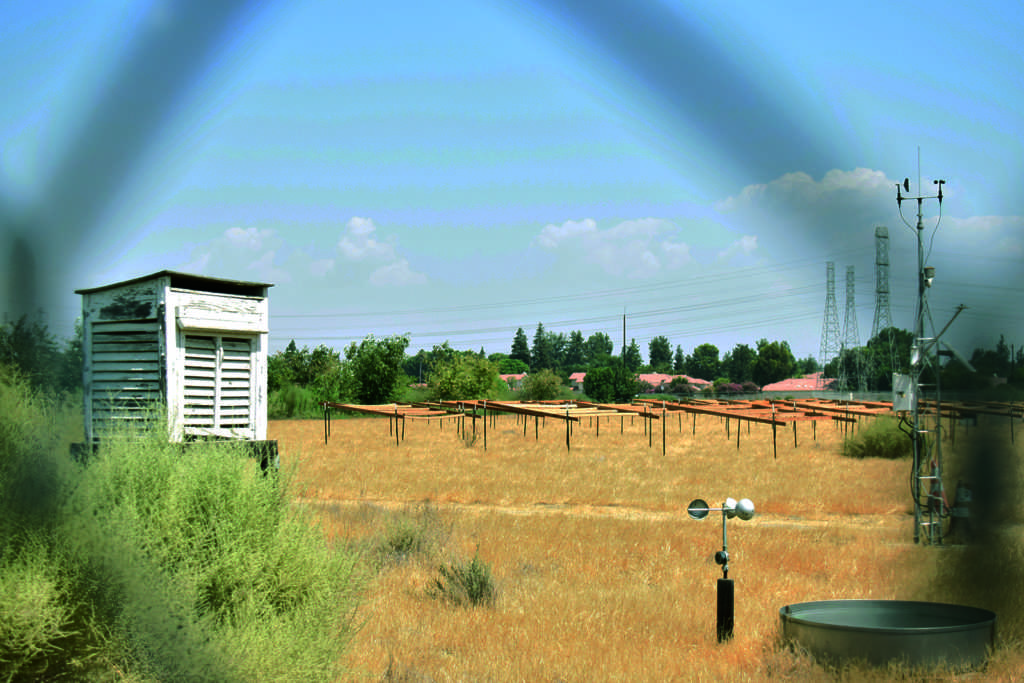Assistant Opinions Editor
The Facility for Animal Care and Treatment, FACT, was once a program on campus that assisted with rehabilitating injured birds. Due to budget shortfalls, it closed in the fall of 2014.
Because of the educational and environmental benefits, we should bring back FACT as an operational program at CSU Bakersfield.
FACT was located behind parking lot I near what is now the Edible Garden and cactus garden. It remained operational for almost 40 years, sustained by fundraising and good samaritans bringing in orphaned and injured birds.
Raymond Carag-Chiu, a senior chemistry major, said it would be beneficial to care for injured birds.
“The ability to care for birds [so] everyone on campus can interact with would be great.”
FACT provided care for approximately 200 birds annually. About half of the birds were successfully rehabilitated and released into the wild.
According to Dr. David Germano, professor of biology and the former director of FACT, the funding structure changed.
“Up until five years ago…it was the responsibility of the provost. Then that changed, and it [the funding] came out of the department’s teaching funds,” Germano said. “The biggest advantage was we were able to give some of our students who were interested in that some real world experience. It was a teaching experience that was good for our students.”
Germano said FACT will not return.
“The facility is gone. Almost all of the cages are gone. There is no way to reconstitute it at this point.” Germano said.
The facilities used to be a well maintained, welcoming bird habitat. Today, what remains are dilapidated facilities, overgrown by vegetation. Rotten wood, chipped paint, and abandoned structures are what remain of the once-bustling bird habitat.
Animal rehabilitation centers benefit the environment by saving animals that would otherwise die. After FACT closed, the California Living Museum, CALM, as well as other animal rescue centers, picked up the slack.
School children throughout Kern County would visit FACT every year on field trips. In doing so, the environmental benefits were twofold: saving birds and providing environmental education.
Harman Cheema, a computer science major, supported bringing an animal treatment facility on campus.
Cheema said, “Funding should be from outside sources, not students.”
In the status quo, if you find an injured or abandoned bird, you have two options. You can take the bird to CALM, Critter Creek Wildlife Station, located in Squaw Valley.
As we grow as a community and a university, we need to prioritize protecting our native habitats. Bird conservation is crucial to helping Kern County’s ecosystems and its native environment. The cost of restarting a bird conservation program are worth the educational and environmental benefits.
Kern County needs more wildlife treatment facilities. By providing that once more at CSUB, we can make an impact while enhancing community education and engagement. Kern county animals deserve better.
As CSUB continues to grow, we ought to provide ecological education and service to our community.
In the years to come, we should allocate time and resources to bird rehabilitation and animal treatment.









